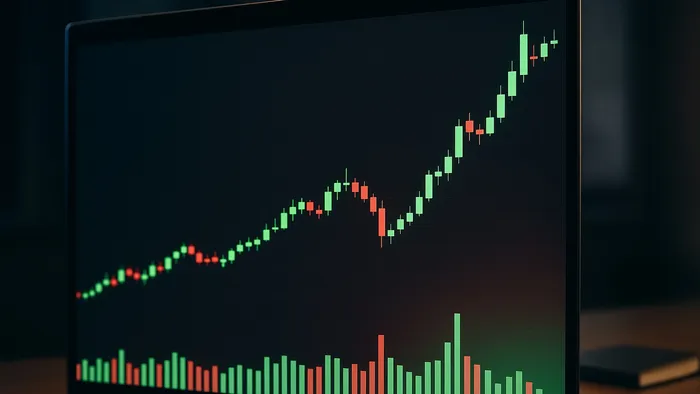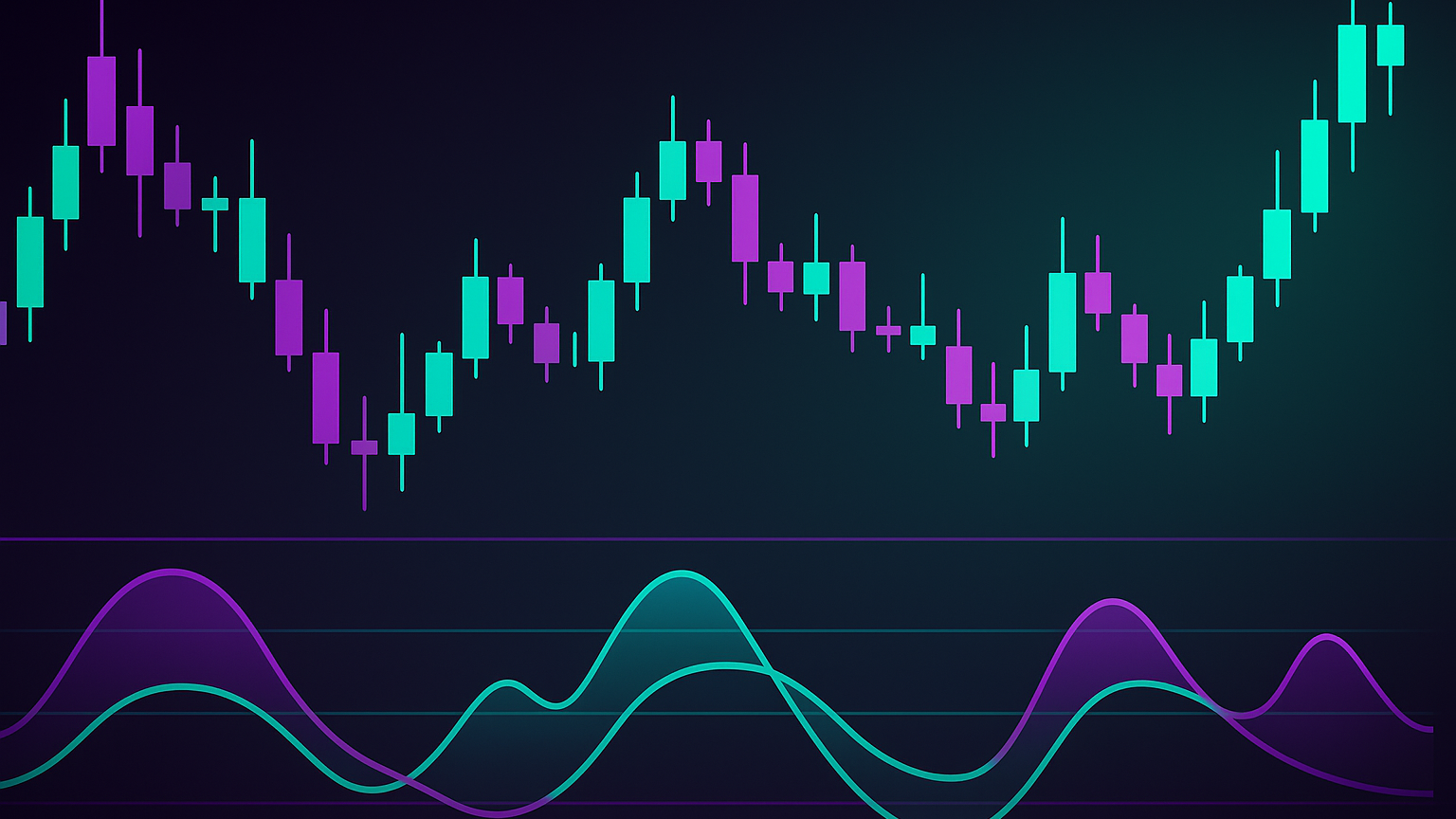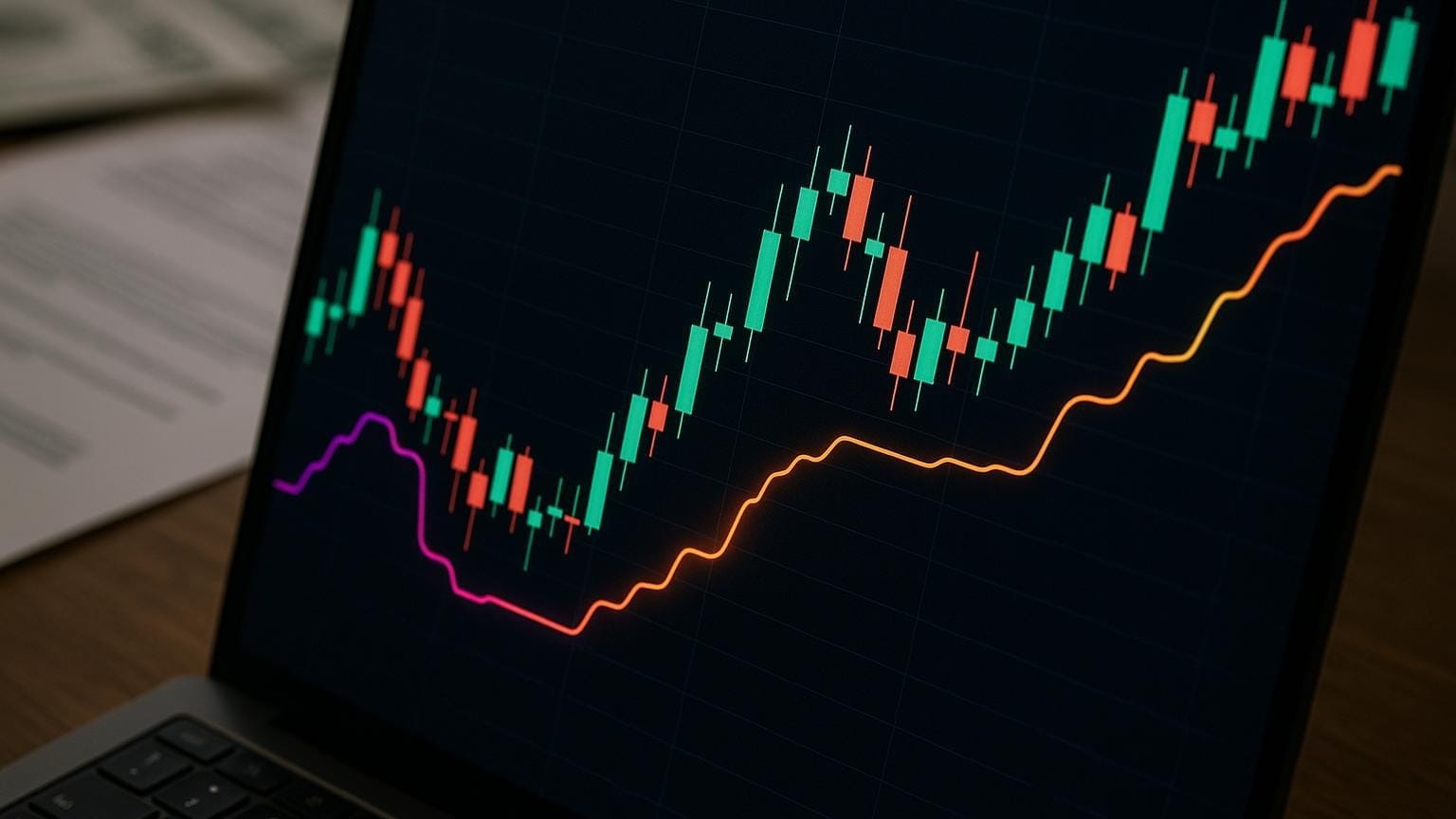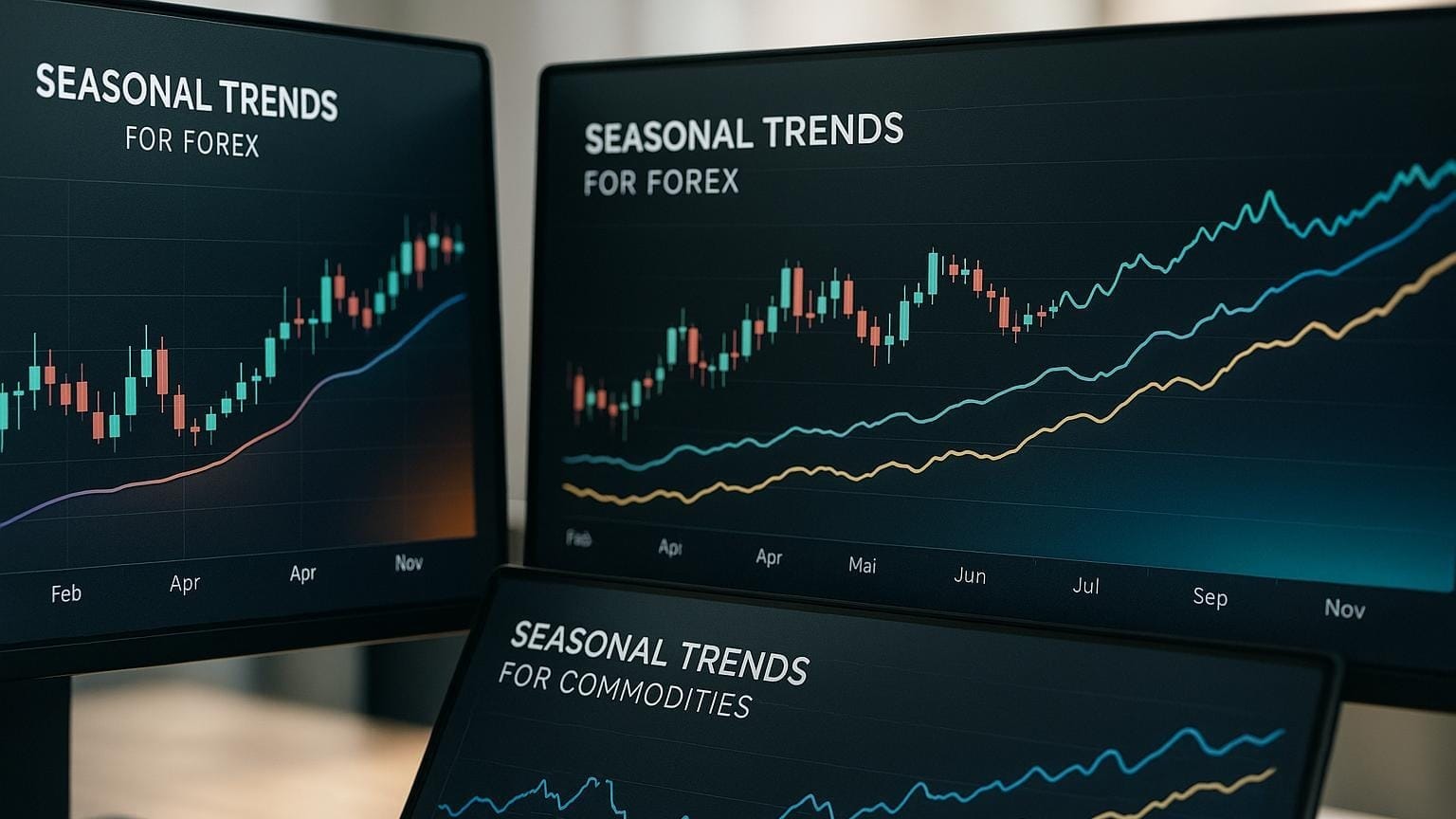Learn how to confirm trading setups using volume analysis techniques that reveal market trends, breakouts, and potential reversals.
Volume analysis is a powerful way to confirm trading setups by evaluating market activity. It helps you identify trends, validate breakouts, and spot potential reversals by combining price action with trading volume. Here's what you need to know:
- High Volume = Strong Conviction: Price moves with 2-3 × average volume often signal strong trends or breakouts.
- Volume Confirms Patterns: Bullish setups like hammers and engulfing candles are more reliable with volume exceeding 150 % of the average.
- Volume Divergence: When price and volume trends don’t align, it may indicate a trend reversal.
- Volume Profile: Highlights key price levels where most trading occurs, helping you identify support, resistance, and fair-value zones.
Quick Tip: Tools from LuxAlgo simplify volume analysis by identifying spikes, divergences, and key price zones in real time, making it easier to act on market signals.
3 Main Volume Analysis Methods
Volume Spikes and Market Movement
Volume spikes happen when trading activity jumps well above average levels. When volume reaches 2–3 × its usual level, it often indicates strong market conviction, suggesting either a continuation of the current trend or a potential reversal. These spikes are particularly important when they occur near critical technical levels or chart patterns.
| Volume Spike Level | Market Significance | Trading Implication |
|---|---|---|
| 2 × Average | Moderate Interest | Watch for continuation |
| 3 × Average | Strong Interest | Signals reversal or breakout |
| 4 × + Average | Extreme Interest | Indicates major market events |
Understanding volume spikes is just the start. The volume profile offers even deeper insights into price behavior.
Volume Profile and Price Zones
The volume profile shows how trading activity is distributed across price levels using a horizontal histogram. The Point of Control (POC)—the price level with the highest trading activity—often acts as a magnet for price movements. Value areas, which typically encompass about 70 % of total volume, can identify fair-value ranges and potential breakout zones. When the volume profile aligns with price action, trading decisions become more informed and reliable.
Now, let’s look at how volume divergence can help identify potential trend changes.
Volume Divergence and Price Trends
Volume divergence occurs when the movement of price doesn't match volume trends, often signaling a shift in the current trend. Signals of divergence tend to be more reliable on higher timeframes, offering better success rates.
| Aspect | Correct Reading | Common Mistake |
|---|---|---|
| Price Swings | Focus on clear peaks and valleys | Overanalyzing small fluctuations |
| Timeframe Alignment | Match indicator peaks with price extremes | Comparing unrelated timeframe data |
| Trend Context | Consider the broader market trend | Ignoring the overall market context |
Using multiple timeframes improves the accuracy of divergence analysis by 27 %. For example, spotting a bearish divergence on daily, 4-hour, and 1-hour charts simultaneously strengthens the trading signal.
LuxAlgo’s advanced indicators simplify this process by automatically identifying patterns and divergences, saving you time and effort in your analysis.
Adding Volume Analysis to Your Trading Plan
Using Volume to Verify Price Moves
Analyzing volume helps confirm price movements. By comparing current volume to historical averages, traders can validate price trends in different market scenarios. Interestingly, 57 % of traders rely on raw volume data instead of using historical comparisons. For example, breakouts with significantly higher-than-average volume indicate strong buyer interest, while support tests with low volume suggest weak selling pressure. Take Amazon’s Q1 2023 performance: the stock broke through its $120 resistance level with 82 % above-average volume and maintained a 22 % price increase over three weeks. The Volume Profile revealed consistent accumulation between $118 and $120, reinforcing strong buyer activity. LuxAlgo automates these volume comparisons, streamlining decision-making.
Oscillator Matrix Toolkit in LuxAlgo
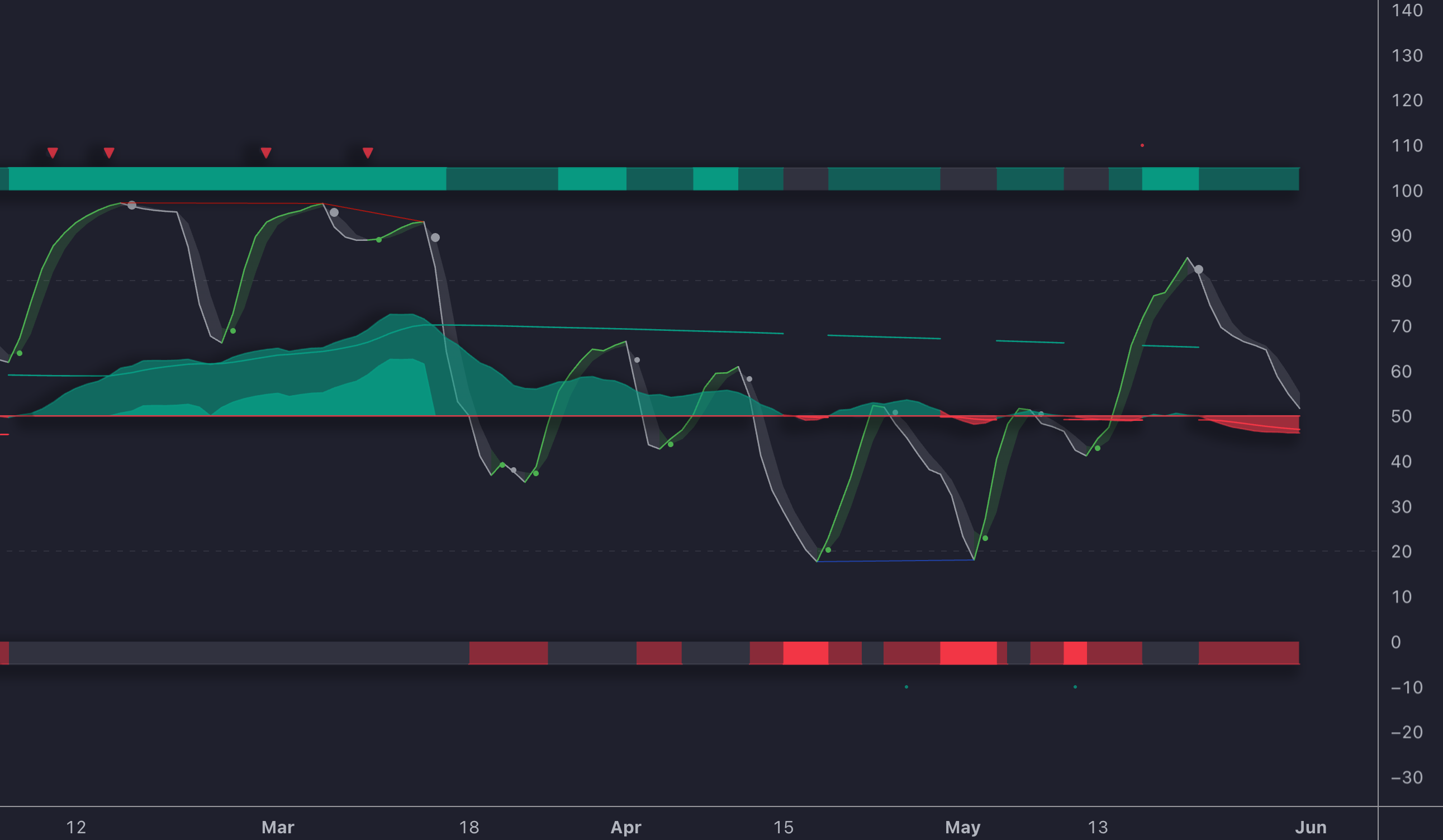
LuxAlgo’s Oscillator Matrix toolkit provides deeper insight into momentum and trend strength by combining several proprietary oscillators in a single view. It complements classic volume studies and helps traders understand when money is actively flowing into or out of the market, where momentum may be stalling, and when reversals gain traction.
Key Features of the Oscillator Matrix:
- Smart Money Flow Oscillator
Tracks aggregated buying and selling pressure to reveal longer-term money flow trends. - HyperWave Trend Detection
Adaptive oscillator that smooths out noise to highlight the dominant market trend. - Divergence & Reversal Signals
Automatically identifies bullish and bearish divergences plus minor and major reversal zones. - Confluence Matrix
Visually summarizes up to eight oscillator states at once, making overbought, oversold, or neutral conditions obvious at a glance.
For deeper insights, combine these features across multiple timeframes. Keep in mind that NYSE opening-hour volume typically surpasses afternoon sessions by 38 %, which is crucial when evaluating breakout reliability.
A Guide To Volume-Price Analysis (VPA) | Beginner Friendly
Volume Analysis Methods Side-by-Side
Different volume analysis techniques bring unique perspectives to trading setups. Whether it’s volume spikes, profiles, or divergence, each method uncovers specific market behaviors. Combining these approaches can give traders a broader understanding of market dynamics. Here’s a quick comparison to help you evaluate their strengths and weaknesses.
| Analysis Method | Volume Pattern | Trading Implication |
|---|---|---|
| Volume Spikes | Sharp increase in trading activity | Confirms strong market moves and potential breakouts |
| Volume Profile | Clusters of volume at certain price levels | Identifies key support and resistance areas influenced by institutional activity |
| Volume Divergence | Mismatch between price and volume trends | Could indicate weakening trends or upcoming reversals |
These methods often complement one another. For instance, in trending markets, volume spikes can confirm breakouts quickly. During consolidation phases, volume profiles help locate critical price levels. Meanwhile, volume divergence is useful for spotting potential momentum shifts that might precede a trend change.
Knowing the strengths and limitations of each method can help you apply them more effectively.
Pros and Cons of Volume Tools
Each tool comes with its own benefits and challenges. Here’s a breakdown:
| Method | Advantages | Limitations | Best Market Conditions |
|---|---|---|---|
| Volume Spikes | - Provides instant confirmation of market moves - Offers clear breakout signals |
- Can generate false signals in volatile markets - Requires quick decision-making |
Trending markets with strong directional moves |
| Volume Profile | - Highlights key price levels - Shows areas of high trading activity |
- Takes time to develop - May be harder to interpret |
Consolidating or ranging markets |
| Volume Divergence | - Early warning of potential reversals - Works across different timeframes |
- Signals can take time to confirm - May persist before a reversal occurs |
Transition phases between trends |
LuxAlgo’s Oscillator Matrix toolkit simplifies these analyses by combining divergence, money flow, and reversal detection into one streamlined interface. Using these insights in your trading strategy can improve decision-making and provide a more data-driven approach to navigating the markets.
Conclusion: Smarter Trading with Volume Analysis
By using the volume techniques mentioned earlier, traders can make better decisions by incorporating market activity into their strategies. When volume aligns with price movements, it provides a solid foundation for entering trades with more confidence.
For instance, a 150 % increase in volume above the 20-day average often leads to more reliable breakouts and patterns like bullish engulfing candles or hammer formations. This added confirmation strengthens trading signals and boosts the reliability of chart patterns.
The Oscillator Matrix toolkit further streamlines this process by highlighting situations where money flow, momentum, and divergence all align with price action. This is particularly helpful during peak U.S. trading hours, from 9:30 AM to 4:00 PM ET, when volume typically surges.
For example, a 2-3 × spike in volume during an uptrend signals strong buyer interest, while rising prices with declining volume may hint at a potential reversal. Combining these observations with Oscillator Matrix insights can help you craft strategies that better reflect market dynamics.
FAQs
How does volume analysis help spot potential trend reversals in trading?
Volume analysis is a powerful way to identify potential trend reversals by revealing shifts in market momentum and sentiment. A spike in volume near key support or resistance levels can indicate that the current trend may be losing strength, suggesting a possible reversal. A significant increase in trading volume—such as double or triple the average daily volume—often signals heightened market activity and interest, which can precede a change in direction.
Another key indicator is volume divergence, where price moves in one direction while volume moves in the opposite direction. This mismatch often points to weakening momentum, signaling that the current trend may not sustain for long. Incorporating these volume-based techniques into your trading strategy can improve decision-making and help anticipate market shifts.
How does volume profile help identify key support and resistance levels?
Volume profile highlights price areas with the highest trading activity, revealing key support and resistance levels. These high-volume nodes often indicate zones of price consolidation, where buying and selling pressures are balanced, making them likely points for potential reversals or breakout opportunities.
Traders can use these nodes to plan entry, exit, and stop-loss levels more effectively. Additionally, the Point of Control (POC)—the price level with the most traded volume—often acts as a magnet for price. Understanding these insights helps traders make more informed decisions and refine their strategies.
Why should traders analyze volume divergence across multiple timeframes?
Analyzing volume divergence across multiple timeframes gives a more accurate view of market trends. Starting with higher timeframes (daily or weekly) helps identify the overall trend and key support or resistance levels. These insights then confirm signals on shorter timeframes, refining entry and exit points. This multi-timeframe approach ensures that trades align with the bigger picture, reducing the risk of false signals.


